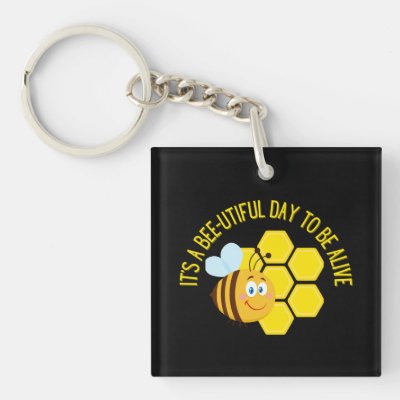What is organic beekeeping?
Is any beekeeping natural? The answer is that only bees keep bees in nature.
Our fascination with them was purely selfish: we regarded them as the source of a delightful, sweet substance and ignored their ubiquitous presence in the natural world, where they quietly farmed flowers.
Farming? Just as horticulturists choose plant varieties for breeding, bees and other pollinators have chosen plants that provide them with pollen and nectar over millions of years, greatly influencing the colors and patterns of our landscapes and the scents and flavors of the herbs and hedgerow fruits that we have taken and developed.
In this sense, bees are farmers. They've been picking plants from mutations and crosses for over 100 million years, whereas we've only been farming for about 10,000. Whether they did it purposefully or as a result of their food gathering operations is an unanswered question. So it is with many seemingly harmless questions regarding bees.
We are still infants in our comprehension of nature compared to the bees. They had the flowers all to themselves until we arrived, save for the odd dinosaur, and they did an amazing job of creating a universal, wildly diverse biodiversity, never letting one species dominate and always ensuring that there was something in bloom to feed them at all times.
In colder climates, honeybees learned to reside in enclosed areas where they could manage temperature and humidity and protect their young from airborne infections. They discovered that by cultivating specific plants, they could collect enough nectar during the warm season to concentrate it and store it safely in sealed containers until the air warmed up and fresh flowers bloomed.
They realised that honey was liquid and that receptacles for it needed to be water-proof, so they learnt to create beeswax from their own glands, the most water-proof substance in nature. They realized the energy cost of wax production and designed a cell construction technique that made the most efficient use of it as a pantry, nursery, and thermal reservoir.
They learned about water evaporation and condensation within the hive, and how to convert their living space into an effective condenser to increase water and heat recycling.
Together, honeybees learned to defend themselves against predators, just as they did to bring in food and nurse their young. They discovered that surviving in their habitat required cooperation and coordination with the seasons. They didn't need to expend energy on hostility to secure territory at the expense of other species: there was enough for everyone.
Their cousins, bumblebees, could fly in colder temperatures and use their longer proboscis to reach the nectar in blossoms that honeybees avoided. So, within the Hymenoptera order, the bees, ants, and wasps diverged and adapted, each to their own ecological niche.
Honeybees concentrated and processed the products of the surrounding landscape within the confines of their well-laid-out nest. This made them more attractive to sweet-toothed predators, therefore they chose hollow trees far from the ground, with a small entrance and guards ready to go from internal responsibilities to foraging.
Humans arrived later, as a little annoyance, armed with smoke and fire to seize their prize. Millions of years ago, bees discovered that smoke was often a sign of doom and that the only real defense was to fill themselves with honey and flee. Humans misunderstood this for passiveness and began burning bees before stealing them.
For tens of thousands of years, humans only interfered with bees' lives by stealing their honey once or twice a year. Most colonies missed notice because they were inaccessible to these naked apes, who couldn't climb trees as well as their hairy relatives.
Early attempts to rob bees involved placing containers like hollow tree pieces near the ground and attracting passing swarms. People used straw skeps where grain farming was developed, reed skeps in marshes, clay pots and pipes where sun was abundant and rainfall was limited, logs and cork bark where such things grew naturally, and volcanic rock was hollowed out where geological instability existed. The bees were left to their own devices until some of their stores could be plundered profitably.
The true difficulties with humans began with the invention of the movable-frame hive, followed by the introduction of poisonous chemicals into what was formerly a purely 'organic' agricultural economy.
Lorenzo Lorraine Langstroth, an American beekeeper, invented the movable-frame hive to keep honey apart from brood so it could be gathered in quantity without the worry of 'contamination by eggs and larvae. Henceforth, man and bees would become master and servant.
It was Langstroth's hive that established the paradigm for practically every subsequent hive design built with the objective of supplying the beekeeper with a maximum production of honey. Commercial beekeeping began in 1852 and matured with the advent of self-powered vehicles 30-40 years later. By the turn of the century, vast numbers of hives could be transported quickly to flowering crops, allowing bee farmers to provide mobile pollination services and reap large honey harvests.
Throughout the twentieth century, operations grew significantly. The commercial honey producer's tactics were taught and aped by the home beekeeper, who had little reason to challenge the methods of 'experienced' guys. Beginners are still taught to check their hives weekly for queen cells and remove them to prevent swarming, to paint and clip queens' wings, and to do other "management" operations to exercise their "God-given" right to control the lives of these wild insects.
At the same time, a German company called I.G.Farben branched out from dyes into agricultural chemicals, derived from its invention of chemical warfare goods during WWI, and started making significant profits from the selling of pesticides and fertilisers. 'Quick-fix' industrial agriculture and industrial beekeeping were born.
But with increased size comes increased sickness. In the nineteenth century, foul brood was a minor annoyance, but it was killing colonies and resisted eradication. It was Winston Churchill who established the first Foul Brood Inspectors in Britain during WWII, based on the sound idea that reducing disease susceptibility from breeding stock tends to enhance survival. The relative rarity of AFB outbreaks in Britain 70 years later demonstrates the approach's efficacy.
The other dread illness, the unrelated and less virulent European Foul Brood (EFB), proved more difficult to combat and has recently become more frequent.
In addition to the endemic diseases, the parasite mite Varroa destructor, with its array of vectored viruses, has decimated the honeybee population in the last half century, despite a barrage of "medications" that have likely made matters worse.
The conventional beekeeping community tends to add more chemicals to the situation, hoping for a "magic bullet" to address all their difficulties. According to Einstein, we will never address such issues using the same style of thinking that produced them. We would have lost a lot of colonies if we had done nothing when Varroa was identified in Britain in 1992 except stop all bee imports, ban all treatments, and let the bees figure out their own solution, but we would have gained a lot of locally adapted, mite-resistant bees by now. Instead, we were told to use pyrethroid-based miticides to kill the intruders. We recognized that rather than fixing the problem, we had made it worse by selecting pyrethroid-resistant mites, and that the drug pushers had earned a tidy profit from the exercise.
Toxic food production for the agri-chemical-biotech sector will continue to repeat itself until irreparable damage is done to our soil, food supply, and planet. I am not enthusiastic about the future of the brave but endangered Apis mellifera or that misnamed biped, buried in superstition, avarice, and self-interest: Homo sapiens.
'Natural beekeepers' cannot fix the larger problem of a broken agriculture system, but we can help. We have natural partners in the permaculture movement, which promotes long-term thinking. We naturally support organic farmers and all those who value good soil. It's time to tell the truth about what's happening on our land in the name of 'development'.
If we want a shared future with the bees, we must assist future generations rediscover their deep connection to nature, maybe through a "farm-and-forest school" model, and thereby atone for our collective failure to take control of our food production system from the greedy few.
Source
Articles by Philip Chandler
- How To Populate Your Non-Standard Beehive
- Restoring the Balance in Beekeeping
- The Future of Natural Beekeeping
- The Importance of Drones
- Wild and Free: Bees in Your Back Garden
- 10 Lessons We Can Learn From Honeybees
- Non-Violent Beekeeping for the Natural Beekeeper
- 10 Things You Can Do to Help Save the Bees
- Sustaining the Honeybee
- How to Start Beekeeping For Free

3 ways you can help rescue bees
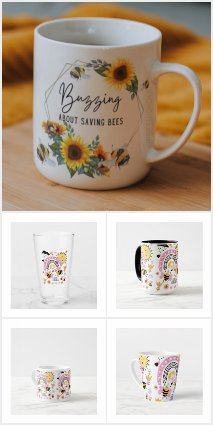 Bees pollinate one-third of the food that we consume; without them, we would be extinct. You may contribute to the cause by taking these three simple actions.
Bees pollinate one-third of the food that we consume; without them, we would be extinct. You may contribute to the cause by taking these three simple actions.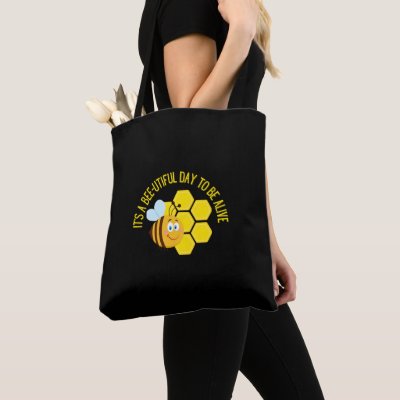 Save the Bees BEE Slogan Quotes Awareness Gifts Tote Bag
Save the Bees BEE Slogan Quotes Awareness Gifts Tote Bag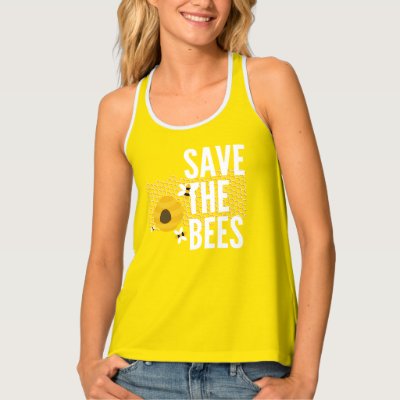 SAve The Bees HONEYCOMB Honey POT Tank Top
SAve The Bees HONEYCOMB Honey POT Tank Top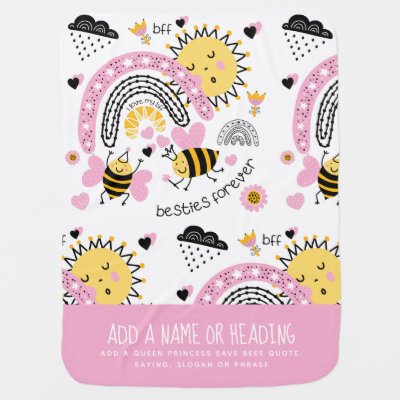 Queen Bees Best Friends Forever Cute BFF Girls Baby Blanket
Queen Bees Best Friends Forever Cute BFF Girls Baby Blanket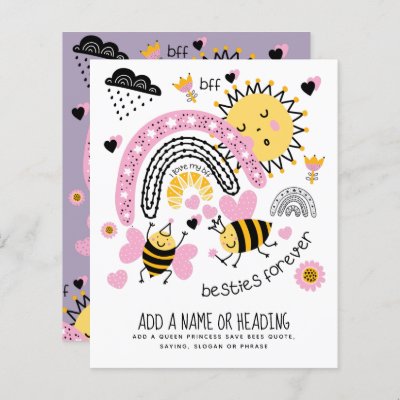 Queen Bees Best Friends Forever Cute BFF Girls
Queen Bees Best Friends Forever Cute BFF Girls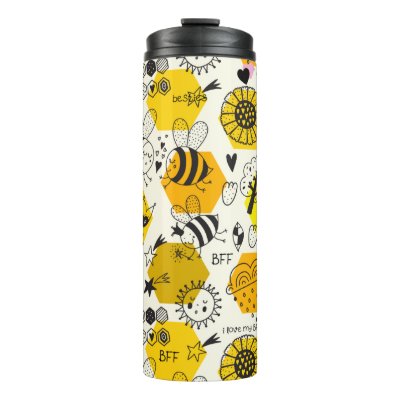 BFF Queen Bee Gifts For Besties Save The Bees Thermal Tumbler
BFF Queen Bee Gifts For Besties Save The Bees Thermal Tumbler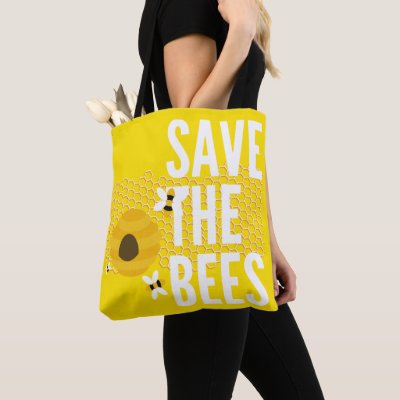 SAve The Bees HONEYCOMB Honey POT Tote Bag
SAve The Bees HONEYCOMB Honey POT Tote Bag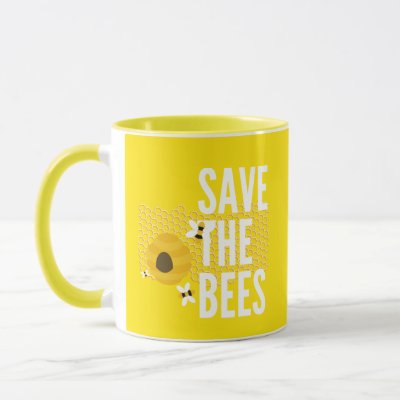 SAve The Bees HONEYCOMB Honey POT Mug
SAve The Bees HONEYCOMB Honey POT Mug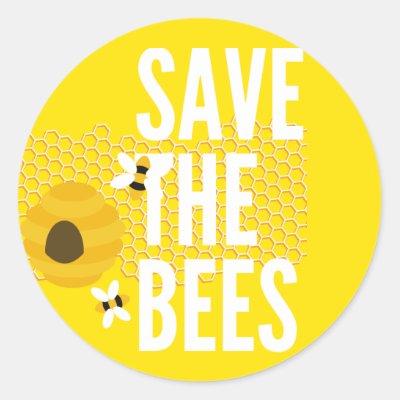 SAve The Bees HONEYCOMB Honey POT Classic Round Sticker
SAve The Bees HONEYCOMB Honey POT Classic Round Sticker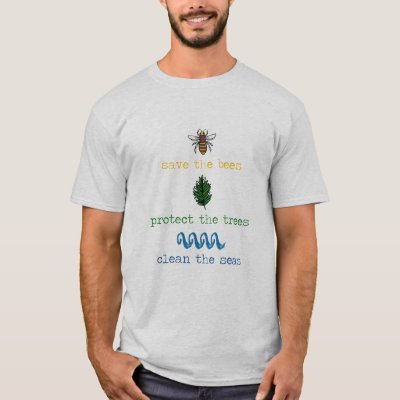 Save the Bees Protect the Trees Clean the Ocean T-Shirt
Save the Bees Protect the Trees Clean the Ocean T-Shirt Sunflowers And Bees Summers Save The Bees Gardenin T-Shirt
Sunflowers And Bees Summers Save The Bees Gardenin T-Shirt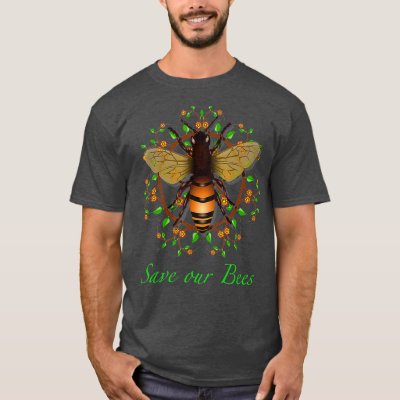 Save our Bees protect environment ecology theme T-Shirt
Save our Bees protect environment ecology theme T-Shirt Save The Bees T Shirt V-Neck
Save The Bees T Shirt V-Neck
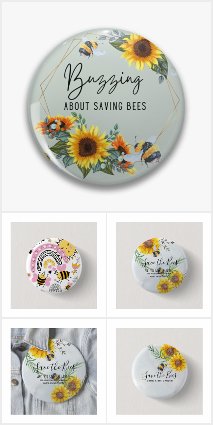
 "Pollinators" Bees & Ladybugs Nightclub Singers T-Shirt
"Pollinators" Bees & Ladybugs Nightclub Singers T-Shirt Save The Bees Trees and Seas There Is No Planet T-Shirt
Save The Bees Trees and Seas There Is No Planet T-Shirt Hug More Trees Clean Seas Save Bees Nature Lover T-Shirt
Hug More Trees Clean Seas Save Bees Nature Lover T-Shirt